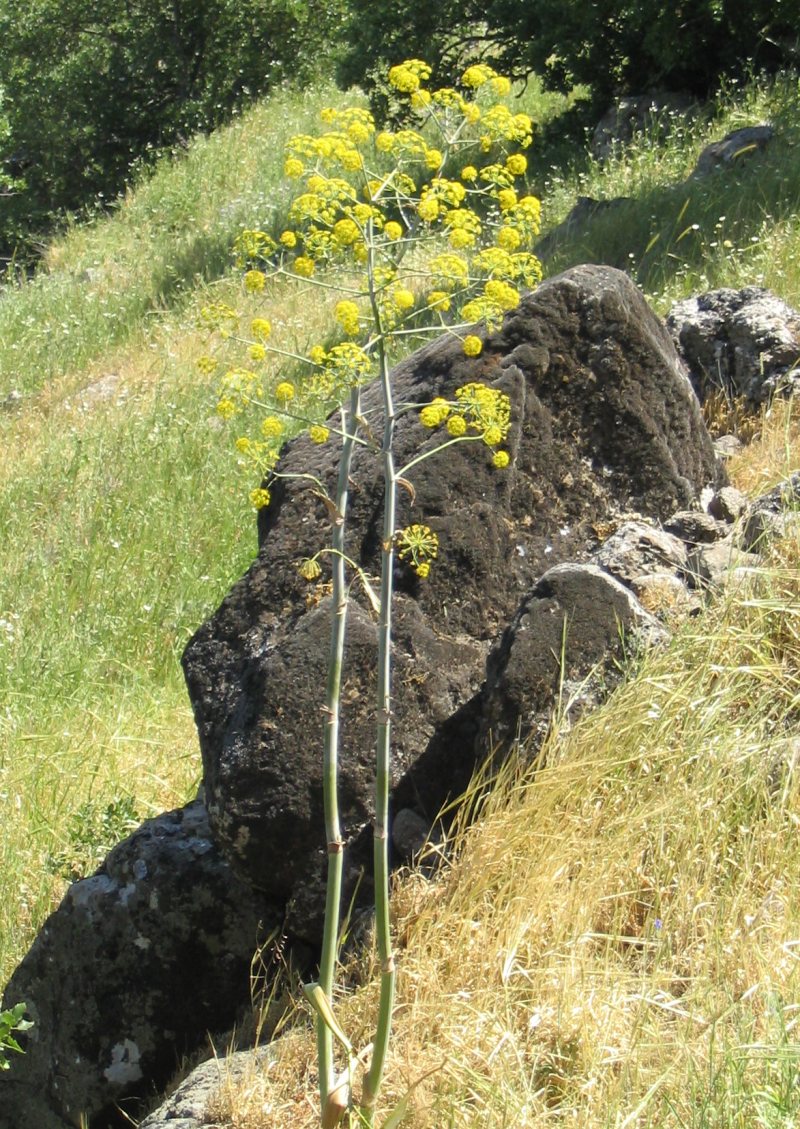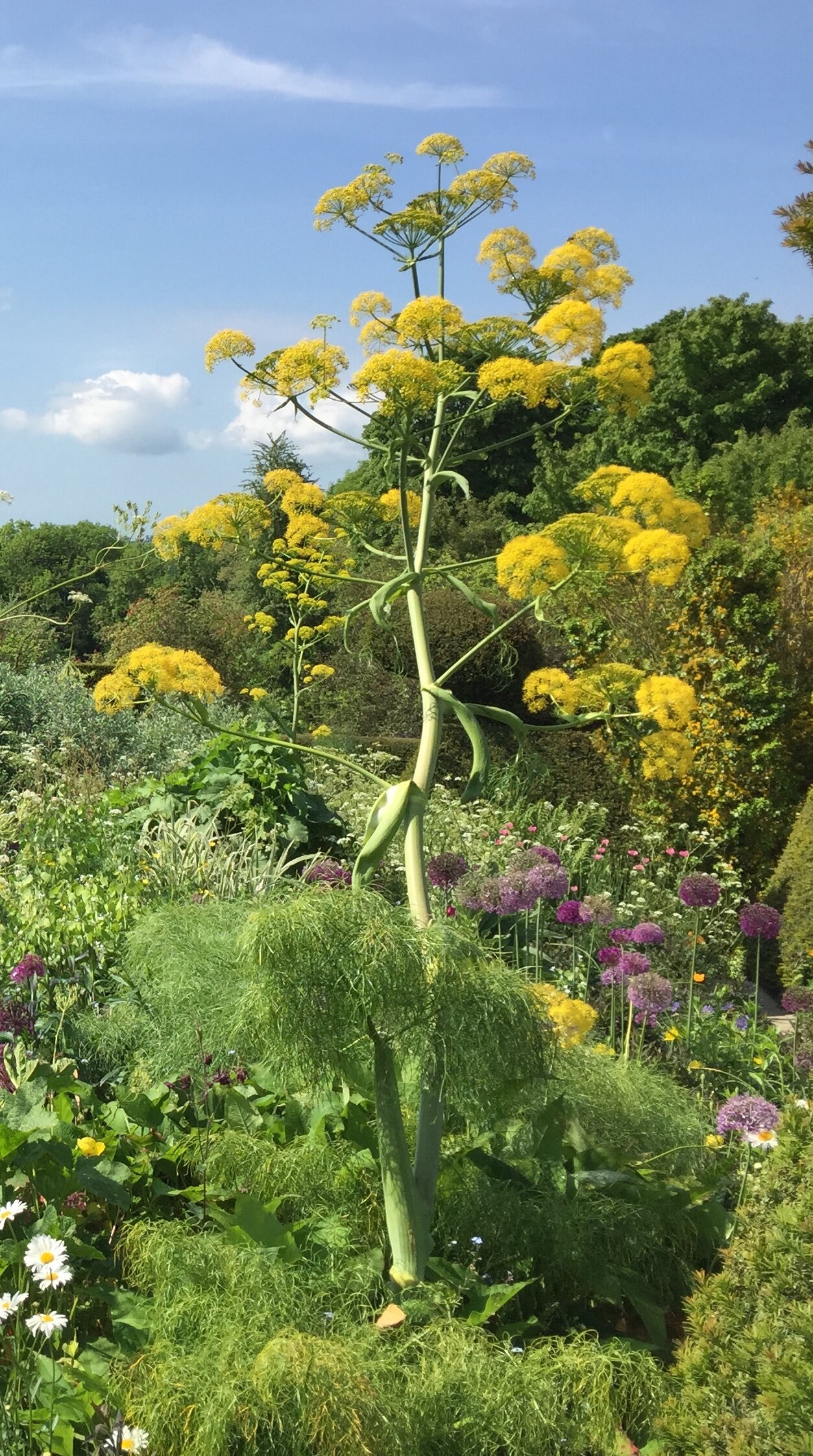The Ferula Plant: A Comprehensive Guide
The Ferula plant, belonging to the Apiaceae family, is a fascinating genus encompassing approximately 170 species. These herbaceous perennials are native to the Mediterranean region, extending eastward to central Asia, and predominantly thrive in arid climates. Characterized by their towering heights, reaching up to 4 meters, and their robust, hollow stems, Ferula plants command attention. Their leaves are intricately divided, and their inflorescences, typically yellow or white, form striking umbels. This comprehensive guide delves into the various facets of the Ferula plant, exploring its taxonomy, morphology, distribution, ecology, and economic significance.
Taxonomy and Classification
The Ferula genus is classified as follows:

Kingdom: Plantae
Morphology and Anatomy
Ferula plants are renowned for their impressive stature, with some species reaching up to 4 meters in height. Their stems are stout, hollow, and somewhat succulent, providing structural support. The leaves are finely divided, often tripinnate or even more dissected, and they clasp the stem with a sturdy basal sheath. The inflorescences are umbels, bearing numerous small flowers that are typically yellow, although some species exhibit white flowers. The fruit is a schizocarp, splitting into two mericarps at maturity.
Distribution and Habitat
The Ferula genus boasts a wide distribution, ranging from the Mediterranean region to central Asia. These plants are particularly well-suited to arid and semi-arid environments, where they can withstand drought conditions. They are commonly found in steppes, deserts, and rocky slopes, often forming dominant components of the vegetation.

Ecology and Interactions
Ferula plants play a crucial role in their ecosystems, providing food and shelter for a variety of organisms. The flowers are a rich source of nectar and pollen, attracting pollinators such as bees, butterflies, and beetles. The leaves and stems serve as food for herbivores, including grazing mammals and insects. The seeds are dispersed by wind and animals, contributing to the plant’s propagation.
Economic Significance
Several Ferula species hold economic importance, primarily due to their medicinal and culinary properties. The resinous gum obtained from the roots of certain species, such as Ferula asafoetida, is used as a spice and traditional medicine. This pungent substance, known as asafoetida, has been employed for centuries as a digestive aid, carminative, and expectorant. It is also used in the treatment of various ailments, including hysteria, asthma, and bronchitis.
Conservation Status

While many Ferula species are relatively common, some are threatened by habitat loss and overexploitation. Conservation efforts are underway to protect these vulnerable species, including habitat restoration and sustainable harvesting practices.
Conclusion
The Ferula plant is a remarkable genus that exhibits a fascinating array of adaptations to arid environments. Its towering stature, intricate foliage, and striking inflorescences make it a prominent feature of the landscapes it inhabits. The economic significance of certain species, particularly in traditional medicine and culinary practices, further underscores the importance of conserving this valuable genus.
FAQs
What is the origin of the name “Ferula”?
The name “Ferula” is derived from the Latin word “ferula,” meaning “rod” or “staff.” This is likely a reference to the plant’s tall, sturdy stems, which were historically used for various purposes, such as walking sticks and splints.
Are Ferula plants poisonous?
While some Ferula species contain toxic compounds, others are used in traditional medicine and cuisine. It is crucial to exercise caution and consult reliable sources before consuming or using any part of a Ferula plant.
How can I cultivate Ferula plants in my garden?
Cultivating Ferula plants requires well-drained soil and a sunny location. These plants are drought-tolerant and can withstand harsh conditions. Seeds can be sown in spring or autumn, and germination may take several weeks.
Where can I find more information about Ferula plants?
Numerous resources provide detailed information about Ferula plants, including botanical databases, scientific publications, and online forums. The Wikipedia page for “Ferula” is a good starting point for general information.


:strip_icc()/Norway-Spruce-Evergreen-Tree-48c81b7ef15d46bb8dc0989ab0fa5cc8.jpg?w=200&resize=200,112&ssl=1)


:max_bytes(150000):strip_icc()/english-boxwood-shrubs-2132072-hero-03-c9f674badbbb45128597f71cb35a71d7.jpg?w=200&resize=200,112&ssl=1)

